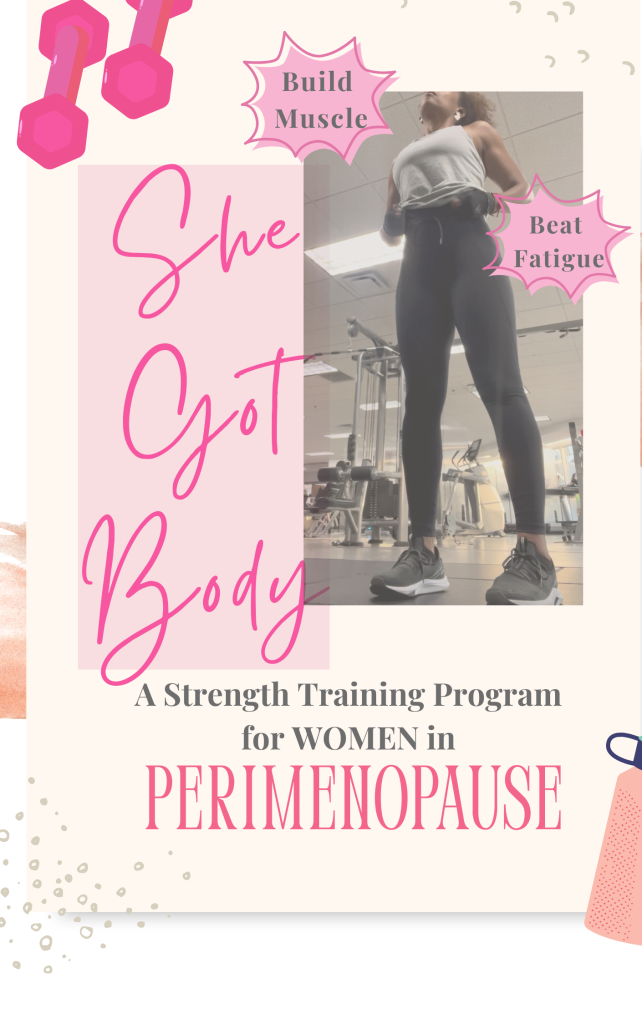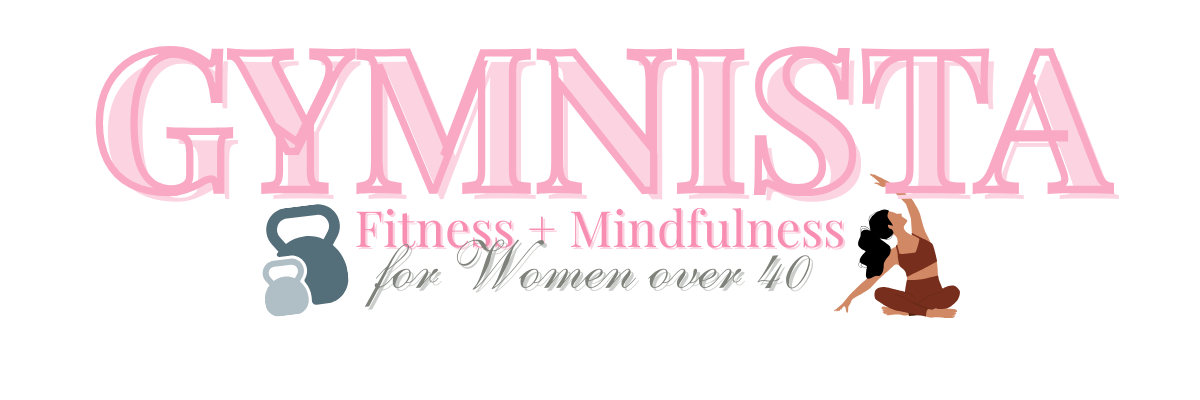You’re eating clean, doing cardio, and trying to manage stress, yet your midsection seems to be expanding overnight. If this sounds familiar, you’re not alone. During perimenopause, many women notice their body changing in ways that feel frustrating and out of their control. The biggest culprit? Belly fat that appears seemingly out of nowhere and refuses to budge.
The truth is, your body is changing—but that doesn’t mean you’ve lost all power over it. Strength training is one of the most effective tools to combat perimenopausal belly fat, and it can help you reclaim not only your waistline but your energy and confidence too.
The Hormonal Shift Behind Belly Fat
Perimenopause brings dramatic shifts in hormones like estrogen, progesterone, and testosterone. As estrogen declines, fat distribution shifts from the hips and thighs to the abdomen. Meanwhile, progesterone levels drop, often leading to bloating and water retention. Add in elevated cortisol from stress (common at this life stage), and your body becomes more prone to storing fat around the belly.
At the same time, muscle mass naturally decreases with age. Less muscle means a slower metabolism, so you burn fewer calories even at rest. This double whammy of hormonal changes and muscle loss is why that stubborn belly fat feels impossible to lose with your old methods.
Why Strength Training Works (When Nothing Else Seems To)
While cardio has its place for heart health, it isn’t the most effective tool for fighting midlife belly fat. Strength training, on the other hand, directly addresses the root causes.
It builds lean muscle. More muscle means a faster metabolism, which helps your body burn more calories 24/7—even while you sleep.
It balances blood sugar. Muscle helps your body use glucose more efficiently, reducing the blood sugar crashes that lead to cravings and fat storage.
It lowers stress hormones. Resistance training can help lower cortisol over time, especially when combined with rest and recovery. Lower cortisol means less fat storage around the abdomen.
It boosts confidence. Beyond the physical changes, lifting weights reminds you that your body is powerful—and that mindset shift is just as transformative as the physical one.

The Cardio Myth (And Why It’s Not Enough)
Many women double down on cardio when they gain weight, thinking more is better. But endless cardio can actually backfire by increasing cortisol and breaking down muscle tissue. Without enough strength training, you may lose weight but gain back more fat than muscle, leaving you with a slower metabolism and less shape or tone.
Cardio can still be part of your routine, but it should support—not replace—resistance training. A balance of both is ideal for overall health.
How to Get Started (Even If You’re New)
Starting a strength training routine doesn’t have to be intimidating. You don’t need fancy equipment or hours in the gym. Focus on 2 to 3 full-body sessions each week using compound movements like:
- Squats
- Deadlifts
- Rows
- Push-ups
- Overhead presses
Begin with light to moderate weights and perfect your form. As you get stronger, gradually increase your resistance (this is called progressive overload). Prioritize recovery days, sleep, and adequate protein so your muscles can rebuild.
If you’re unsure where to start, consider hiring a trainer for a few sessions or following a structured beginner-friendly strength program made for women over 40. Here’s a structured program with exercise specifics, knee friendly exercises, created by a fitness professional that you can begin today.
Strength Is the New Secret Weapon
Belly fat in perimenopause can feel like a mystery you can’t solve, but it’s not a life sentence. With consistent strength training, you can rebuild muscle, stoke your metabolism, and reshape your body from the inside out.
You don’t need to chase thinness—you can build strength, vitality, and confidence that carries you into your next chapter feeling powerful. Start small, stay consistent, and trust your body’s ability to transform.
Your strongest self is still ahead of you.
0